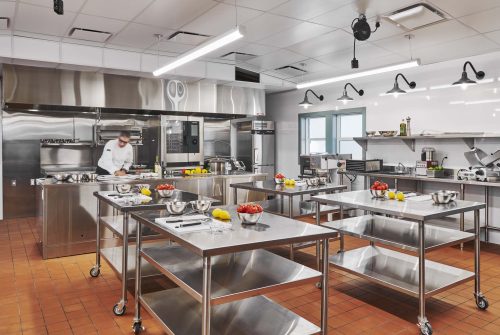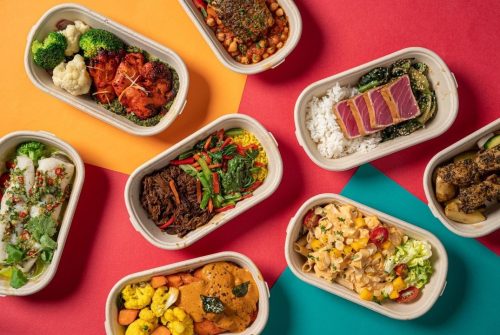
The domain of commercial kitchen has gone through a wonderful change lately, determined by progressions in technology and a growing emphasis on efficiency, sustainability, and security. From innovative cooking appliances to modern automation frameworks, the evolution of kitchen technology has revolutionized how food is ready, cooked, and served in cafés, lodgings, catering offices, and other food administration foundations.
Introduction to Kitchen Technology Evolution
Commercial and industrial kitchens have progressed significantly from customary cooking techniques to embracing cutting-edge technology that improves efficiency, quality, and consistency. The evolution of kitchen technology can be traced back to the invention of fundamental kitchen appliances like stoves, broilers, and refrigerators, which laid the groundwork for current kitchen hardware and frameworks.
Advanced Cooking Appliances
Quite possibly the main improvement in kitchen technology is the introduction of advanced cooking appliances intended to streamline cooking processes and further develop food quality. From rapid stoves and induction cooktops to combi broilers and sous-vide machines, these appliances offer exact temperature control, quicker cooking times, and upgraded flavor maintenance, allowing gourmet specialists to make culinary show-stoppers easily.
Automation and robotics
Automation and robotics have become integral parts of current kitchens, offering extraordinary degrees of efficiency, consistency, and security. Automated cooking frameworks, transport lines, and mechanical kitchen collaborators can perform tedious undertakings like food readiness, cooking, and plating, reducing work costs and minimizing the risk of human error.
Smart Kitchen Technology
The advent of smart kitchen technology has revolutionized the manner in which kitchens work, allowing for remote monitoring, control, and enhancement of kitchen gear and cycles. Smart appliances outfitted with sensors, availability, and man-made reasoning capacities can change cooking boundaries, track inventory levels, and give ongoing execution information, empowering culinary experts and kitchen directors to settle on informed choices and augment efficiency.

Sustainability and energy efficiency
In light of growing natural worries, commercial kitchen is embracing sustainable and energy-efficient advancements to minimize their carbon footprint and decrease operating expenses. Energy-productive appliances, Drove lighting, water-saving apparatuses, and squander the executives frameworks assist kitchens with conserving assets, lessening squander, and working more sustainably without compromising execution or quality.
Future Trends and Innovations
Looking forward, the future of commercial and industrial kitchen technology guarantees much more noteworthy progress and innovations. From 3D food printing and sub-atomic gastronomy to computer-generated reality cooking reenactments and man-made reasoning-driven recipe advancement, the potential outcomes are huge. As technology continues to develop, commercial kitchens will continue to adjust and innovate to meet the evolving needs and assumptions of the food administration industry.
Innovation in commercial and industrial kitchen technology has changed how food is ready, cooked, and served, revolutionizing the food administration industry. From advanced cooking appliances and automation frameworks to smart kitchen technology and sustainability initiatives, the evolution of kitchen technology has upgraded efficiency, quality, and sustainability while driving culinary innovativeness and innovation. As technology continues to propel, the future of commercial and industrial kitchens holds boundless potential outcomes, promising exciting open doors for culinary specialists, restaurateurs, and food administration professionals alike.





